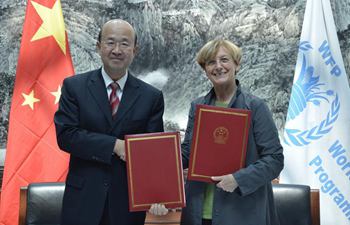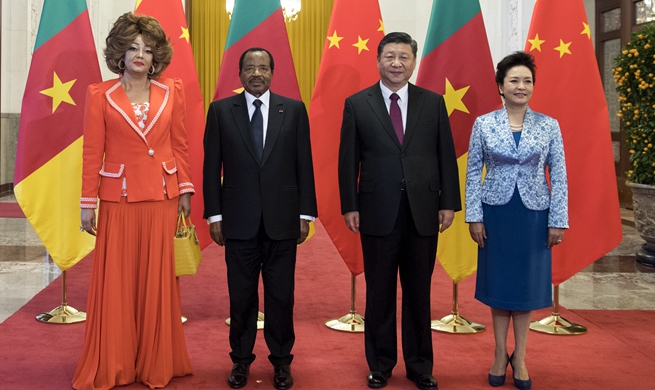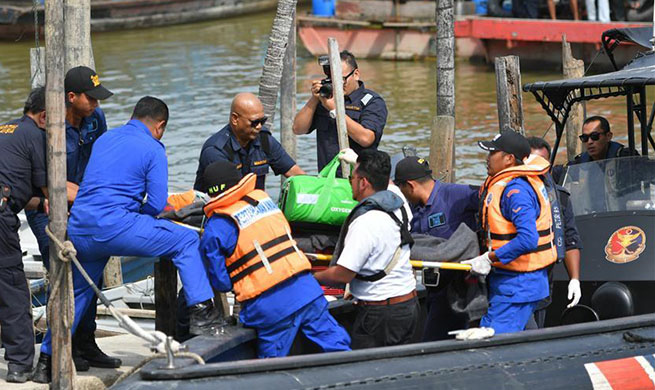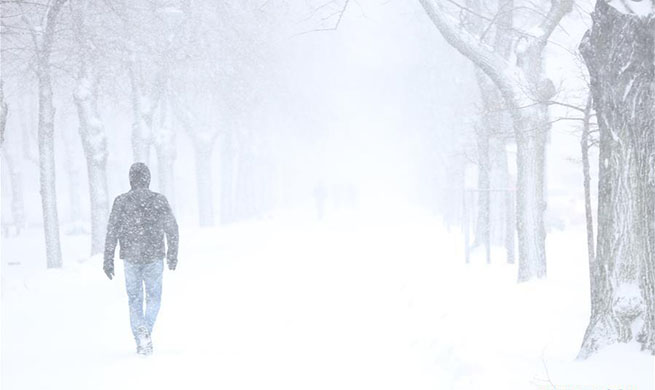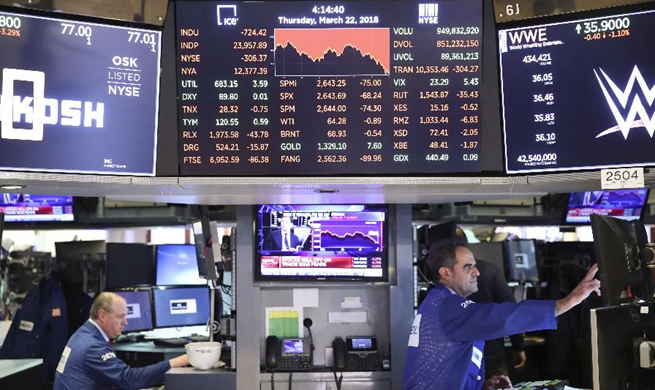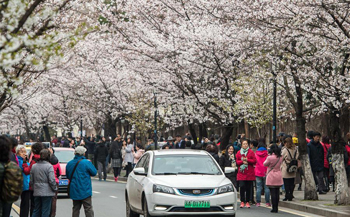MANILA, March 23 (Xinhua) -- New estimates showed a 14 percent cut in the number of Tuberculosis (TB) cases in the Western Pacific Region over the past decade, which includes 37 countries and areas, the World Health Organization (WHO) said on Friday.
However, WHO said "more needs to be done" in eradicating the disease, and that at least 1.8 million people in the region get infected each year by this treatable and curable disease.
Shin Young-soo, WHO regional director for the Western Pacific said the region has seen progress, with TB treatment coverage increasing to 76 percent in 2016 from 69 percent in 2007.
The TB mortality rate in the region, which is five per 100, 000 population in 2016, remains much lower than the global average of 17 per 100, 000, WHO said.
It said more than 90 percent of new cases in the region have been treated successfully, but drug-resistant forms of the disease remain a concern.
WHO's End TB Strategy calls on countries to reduce TB deaths by 95 percent and cut new cases by 90 percent between 2015 and 2035.
To reach the strategy's 2020 interim target, the speed of reducing TB incidence in the Western Pacific region must accelerate to 4 to 5 percent per year from the current 2 percent.
"One in four people with TB are not getting treatment through public health programs. Action is needed to understand whether they are getting effective treatment in the private system or not at all," WHO said.
TB is one of the top 10 causes of death in the world. "When someone with lung TB coughs, sneezes, or spits, they can spread the infection. TB germs can remain in the air for up to six hours, making people in overcrowded areas especially susceptible," WHO said.
Symptoms include persistent cough, bloody sputum, fever, chills and weight loss. The disease can be especially devastating for people with other health issues, such as HIV and diabetes, that weaken their immune system.
In parts of the Western Pacific region, WHO said up to 60 percent of TB patients and their families face catastrophic costs -- that is, more than 25 percent of household income goes on treatment.
By 2020, no family should face catastrophic costs due to TB, according to the End TB Strategy targets.
WHO called on governments to accelerate progress towards universal health coverage so that all people have access to good quality health services, where and when they need them, without financial hardship.
WHO also called on countries to address all the determinants of TB through high-level commitments and approaches that involve sectors outside of health, such as education and housing.





